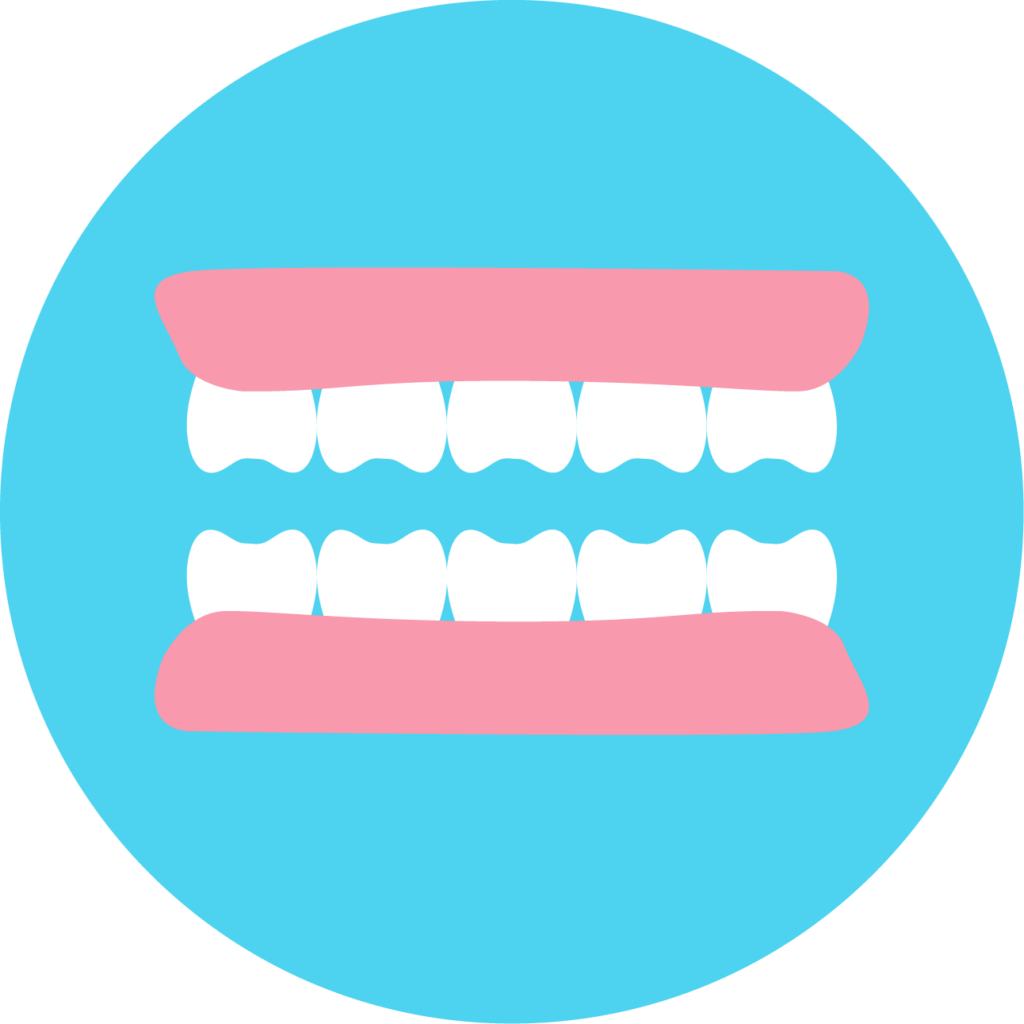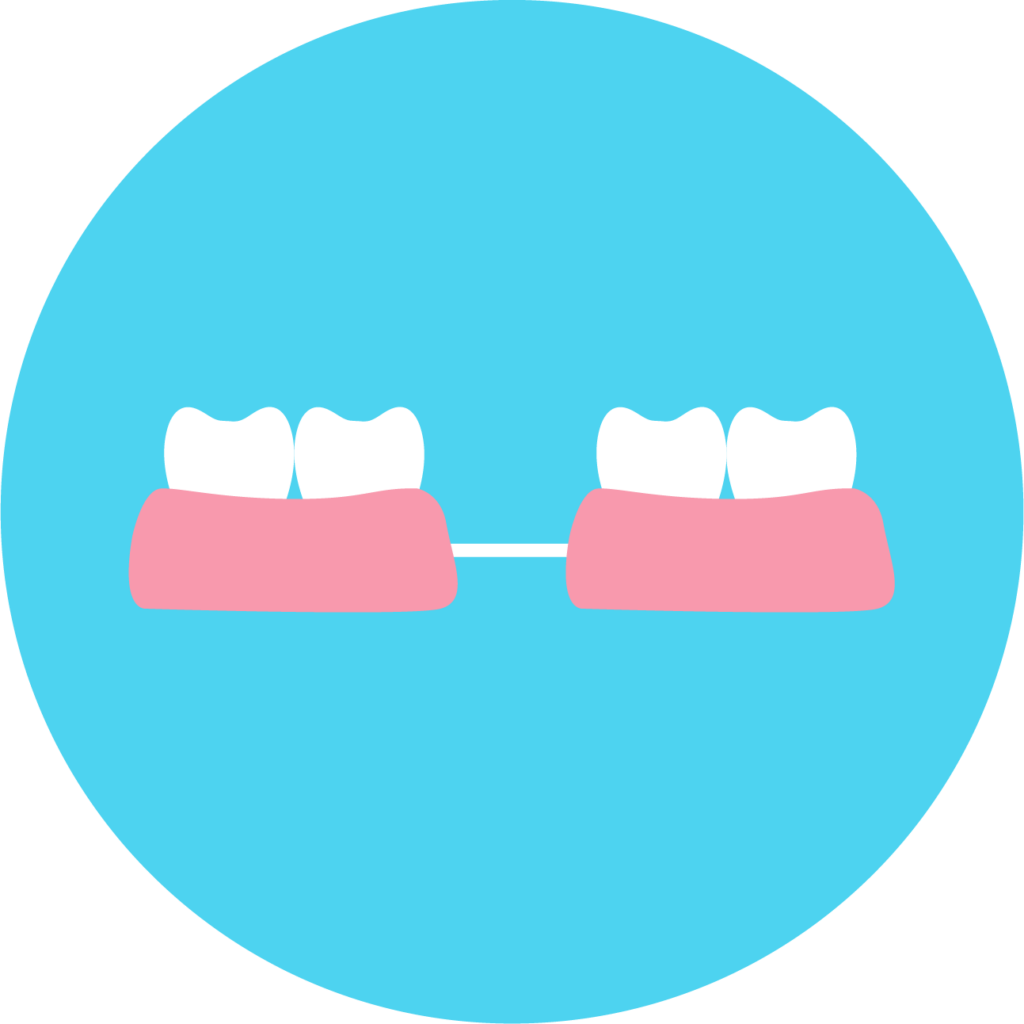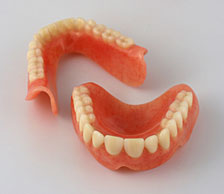Types of dentures

1. Complete removable dentures
Complete, removable layered dentures are used when all of the teeth are missing from a jaw. The prosthesis is made from plastic teeth, and the torque of chewing is soaked up by layers of thin sheet metal, which are covered by a layer of artificial gums. Removable dentures are kept in place via the vacuum generated in the mouth, and this can be helped with denture adhesives.

2. Partial dentures
These devices are used in case the patient only has a few teeth missing, but the remaining teeth make a complete denture impossible. It is made of the same parts and materials that a full denture is made of, but may have some extra clips and parts used to affix the dentures to the rest of the teeth. The denture is kept in place via vacuum, or via denture adhesives.

3. Overdenture
The new generation of dentures- combining all of the benefits of fixed, dental implant based dentures, but with minimizing the negative effects of removable dentures. Overdentures are particularly good at replacing entire rows of teeth, and they are usually anchored with 2-4 dental implants. The shape of the overdenture is somewhat smaller than the actual rows of teeth, and is horseshoe shaped, as this is the most comfortable shape for the patient.
Pros and cons of fixed denture
Pros of fixed denture:
- Removable dentures are cost effective
- They are done quickly, with no healing times
- Lifelike, aesthetic tooth replacement method
- Does not affect healthy teeth
Cons of fixed denture:
- The artificial gums and the bite plate can irritate certain patients
- It takes time to get used to the denture
- They need to be repaired and remoulded periodically
- Less stability and comfort as opposed to fixed dentures




